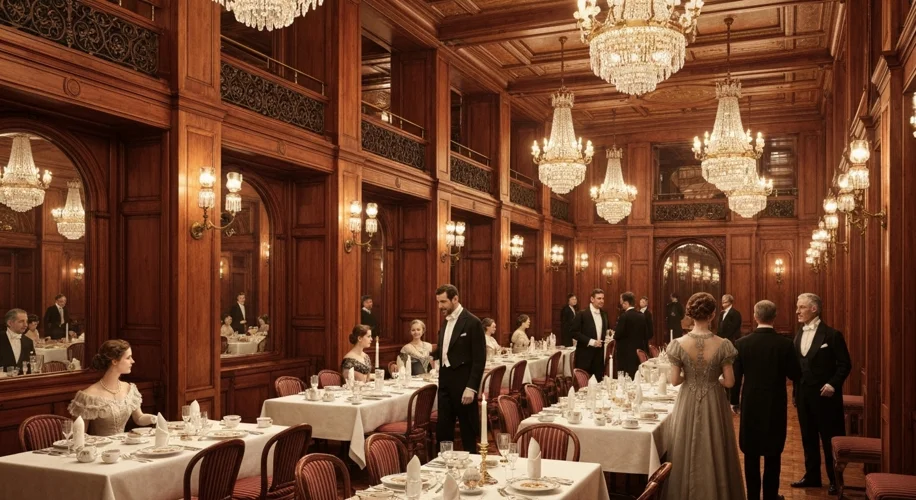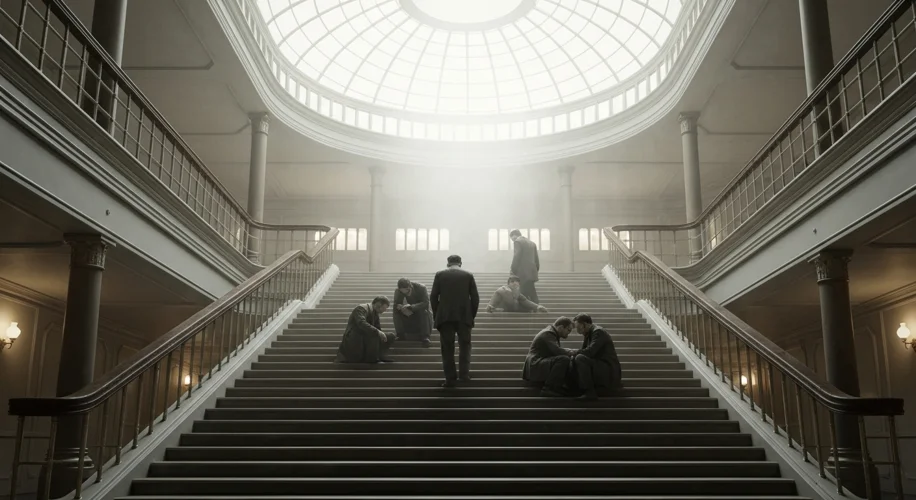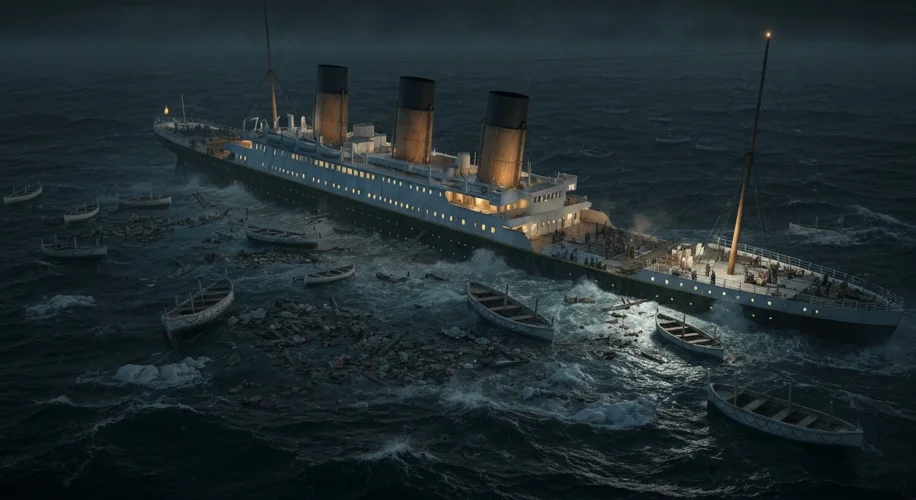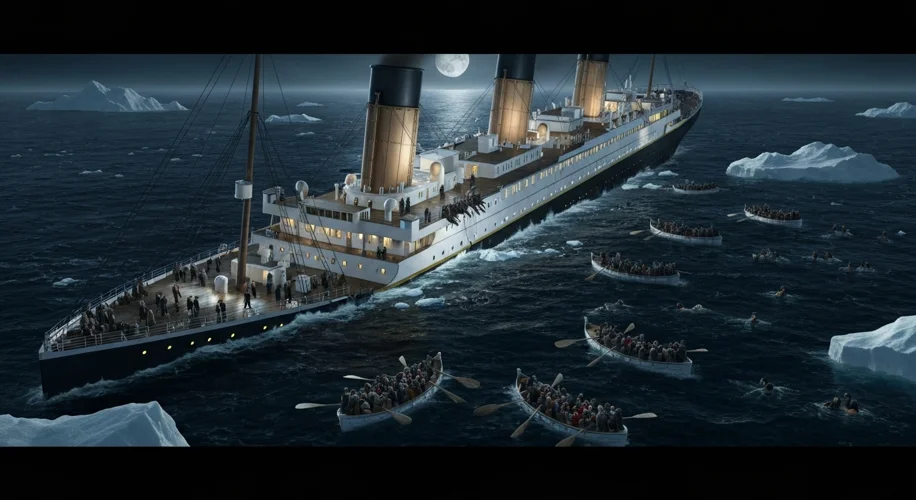In the early hours of April 15, 1912, a chilling silence fell upon the North Atlantic, a silence that would forever echo through history. The RMS Titanic, a vessel hailed as the pinnacle of human ingenuity and luxury, had met its catastrophic end. Its maiden voyage, intended as a grand statement of opulence and progress, transformed into a harrowing tale of ambition, disaster, and survival.
Launched from the Harland and Wolff shipyard in Belfast, the Titanic was more than just a ship; it was a floating palace, a symbol of the Edwardian era’s unbridled optimism and technological prowess. Spanning 882 feet and boasting amenities that rivaled the finest hotels – including a swimming pool, gymnasium, squash court, and lavish staterooms – it was designed to redefine ocean travel. The ship was divided into 16 watertight compartments, theoretically making it unsinkable. This very confidence, almost hubris, would prove to be its undoing.

The journey began in Southampton, England, on April 10, 1912, with stops in Cherbourg, France, and Queenstown (now Cobh), Ireland, before setting sail for New York City. Onboard were 2,224 people – a microcosm of society, from some of the wealthiest industrialists and socialites of the age, like John Jacob Astor IV and Benjamin Guggenheim, to hundreds of hopeful immigrants seeking a new life in America. The atmosphere was electric, a blend of excitement for the voyage and the promise of a new world.
As the Titanic steamed westward, its captain, the seasoned Edward Smith, received multiple warnings of icebergs in its path. Despite these alerts, the ship maintained a high speed, eager to make good time. The night of April 14th was exceptionally clear and calm, with a new moon, making it difficult to spot subtle signs of danger, such as the tell-tale phosphorescence in the water that might have betrayed the presence of an iceberg.
At approximately 11:40 PM, lookout Frederick Fleet spotted a massive iceberg directly ahead. The alarm was raised, and desperate maneuvers were made, but it was too late. The Titanic scraped along the submerged portion of the iceberg, a glancing blow that ripped open six of its supposedly watertight compartments. The damage was fatal.

As the ship began to founder, a chilling reality dawned: there were not enough lifeboats for everyone on board. The infamous order, “women and children first,” was implemented, but the loading of the lifeboats was chaotic and often inefficient. Some boats left with empty seats, while others were lowered into the freezing water with as many souls as they could carry. The stark class distinctions of the era also played a role, with first-class passengers having greater access to the lifeboats than those in steerage.
Through the long, agonizing hours, the band famously played on, a poignant symbol of courage amidst the unfolding tragedy. As the bow sank deeper, the stern rose dramatically, creating a terrifying spectacle. At 2:20 AM on April 15th, the Titanic broke apart and plunged into the icy depths of the Atlantic, taking with it over 1,500 lives. The sounds of the drowning – the cries for help, the moans of the dying – would haunt the survivors forever.

In the aftermath, the rescue ship RMS Carpathia arrived, picking up the approximately 706 survivors from the lifeboats. Their accounts painted a grim picture of the disaster, of the courage and the cowardice, the order and the pandemonium. The sinking of the Titanic sent shockwaves across the globe, prompting immediate investigations and sweeping reforms in maritime safety. The International Convention for the Safety of Life at Sea (SOLAS) was established in 1914, mandating sufficient lifeboats for all passengers, 24-hour radio watch, and the establishment of the International Ice Patrol.
The Titanic remains a potent symbol – a testament to the limits of human ambition and a stark reminder of nature’s unforgiving power. It underscores the critical importance of preparedness, the fragility of life, and the enduring human spirit that, even in the face of unimaginable loss, strives to survive and to remember.

